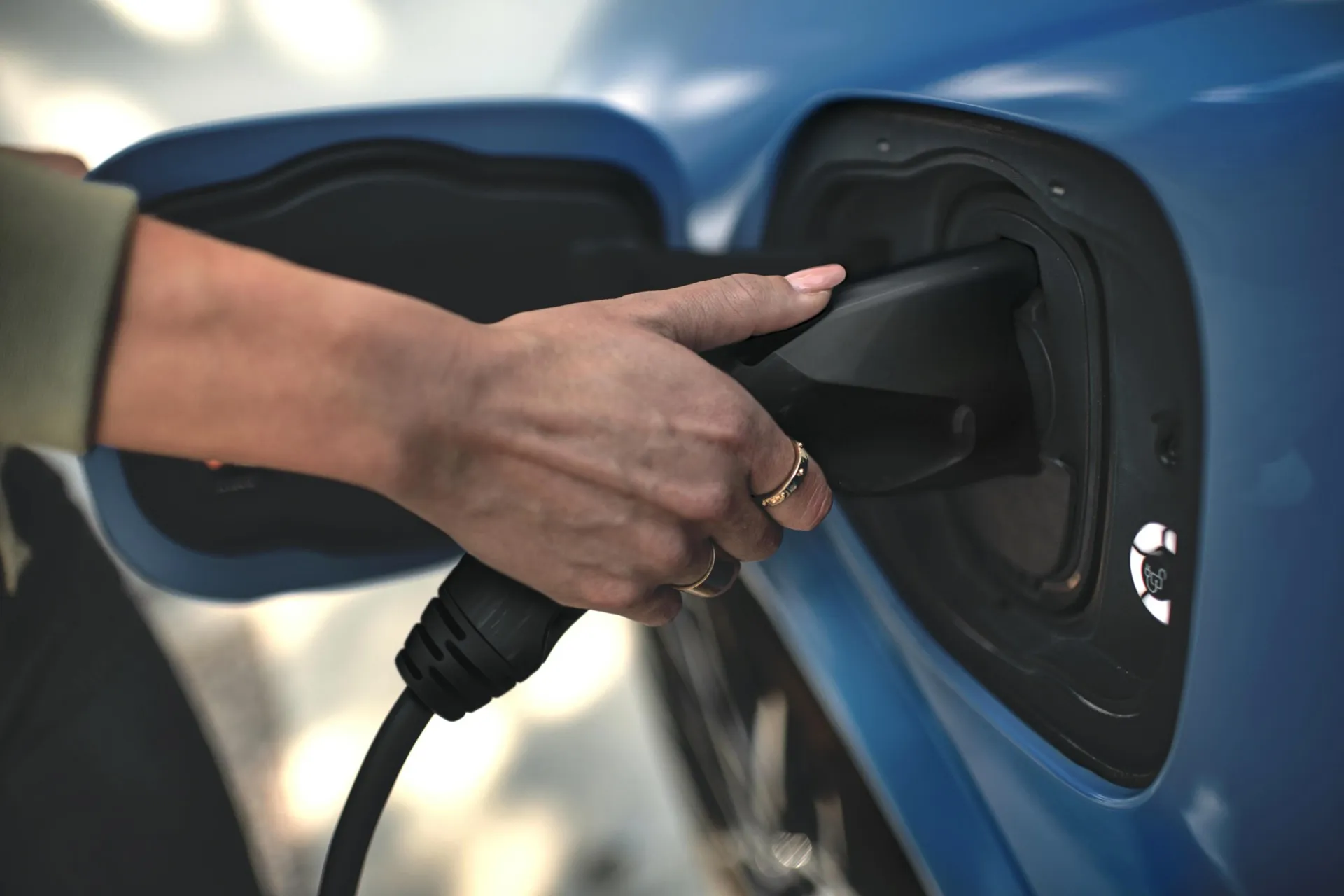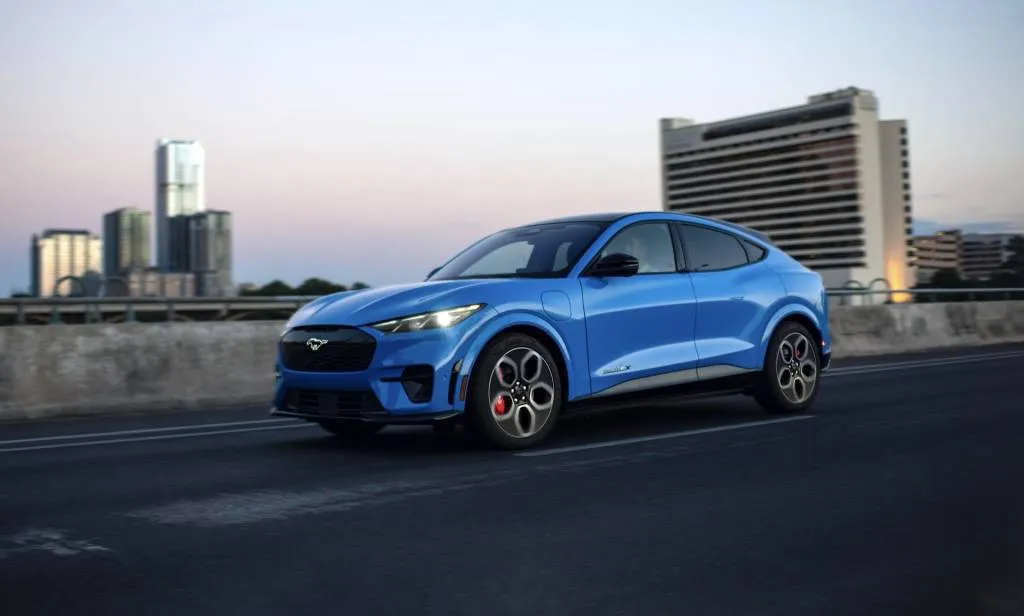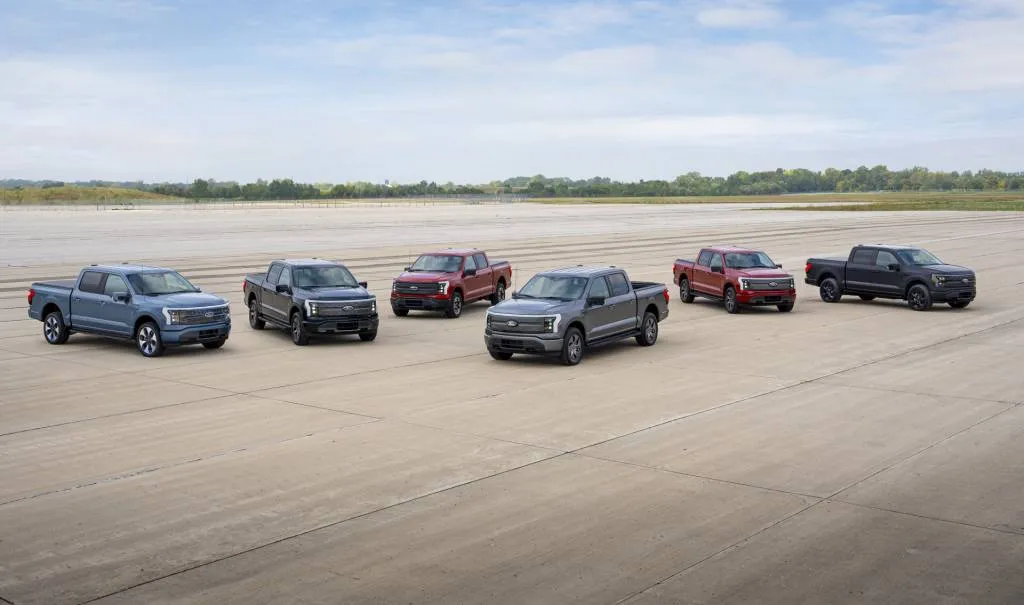

Ford promises more affordable EVs as it loses money on them
In its quarterly earnings call this week, Ford reported significant losses on EVs—but still promised lower-priced models.
As reported by CNN, Ford said its Model E business unit, focused toward long-term EV profitability, lost $1.3 billion in the first quarter, or $132,000 for each of the roughly 10,000 EVs attributed to the unit. Sales were down 20% from a year earlier, but revenue was down 84%, something Ford attributed to industry-wide EV price cuts.
Bear in mind that this is a different number than the 20,223 EV sales Ford had already reported for Q1 earlier in the month, incorporating models attributed to Ford’s other divisions, including its fleet-minded Pro unit.

2024 Ford Mustang Mach-E
Ford CEO Jim Farley predicted an EV price war in 2022, although it doesn’t seem like the automaker was able to prepare for it. On the earnings call, Ford CFO John Lawler said the automaker has removed $5,000 in cost from the Mustang Mach-E crossover, but the revenue drop is happening faster than cost removals like this can happen.
Instead of waiting for the traditional mid-cycle refresh, Ford has incrementally re-engineered the Mach-E to lower manufacturing costs, and it’s cut Mach-E prices. But the automaker still has to recoup hundreds of millions of dollars invested in development of next-generation EVs, and that’s not likely to happen for years, CNN noted.

2024 Ford F-150 Lightning
These next-generation EVs will reportedly prioritize both profitability and lower prices, while a more expensive, next-generation electric pickup truck to follow the F-150 Lightning and a three-row SUV have been delayed.
Farley has also said cost parity with internal-combustion vehicles might not happen until 2030, although plans for an LFP battery plant in Michigan that Ford sees as key for EV affordability might accelerate that. But what might really solve the problem of EV profitability is the arrival of higher-volume models than the current Mach-E and Lightning.
NOTE: This piece was updated to clarify why Ford reported about 10,000 Model E sales while actual total EV sales were more than double that.
Add a comment Cancel reply
Comments (0)
Related posts


Electric SUVs: Top 6 Models for Family Trips











